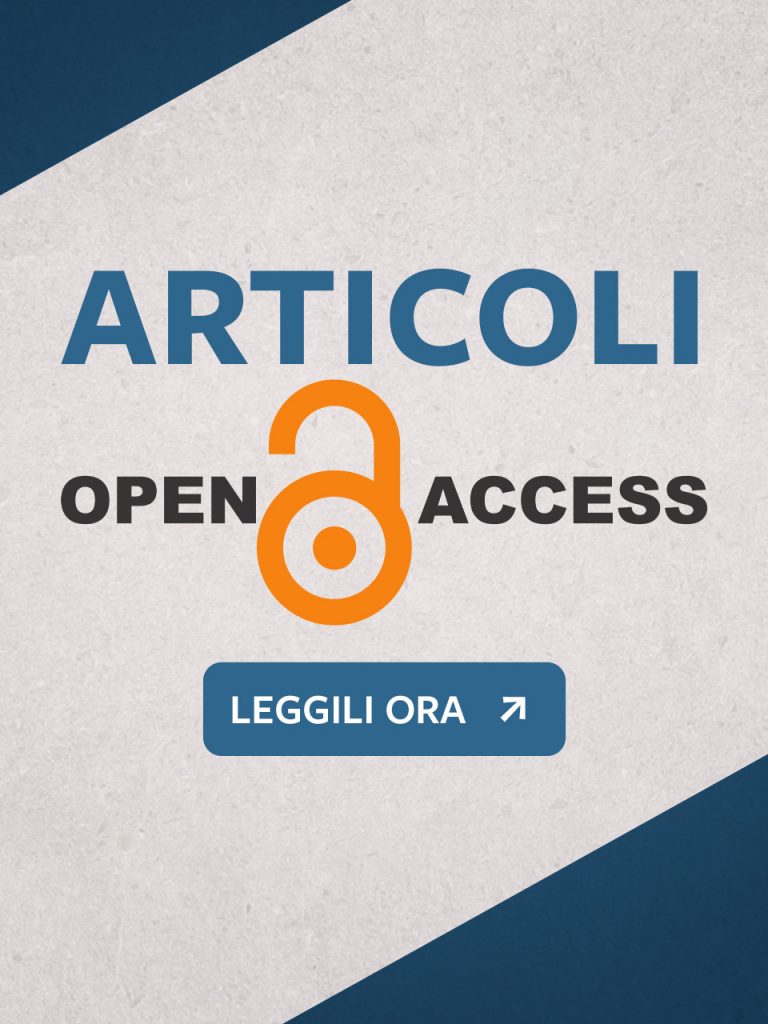Rational Emotional Behavioural Therapy in childhood and adolescence and the Italian development of Rational Emotive Education. From theoretical aspects to psychoeducational practice
Rossana Piron, Gabriele Caselli, Diego Sarracino, Giovanni Maria Ruggiero, Sandra Sassaroli
Over the last decade, interest in the clinical field regarding the emotional area of the child has grown.
Several studies have confirmed the efficacy of cognitive-behavioural treatment in childhood and adolescence (Sukhodolsky, Kassinove, & Gorman, 2004; Compton et al., 2004), and programmes for the prevention of emotional disorders, such as Rational Emotive Education (Educazione Razionale Emotiva) (Di Pietro, Morosini, & Agostini 1999), have been disseminated in schools. This is a preventive
psychoeducational intervention, which derives from the principles of Ellis’s Rational Emotional
Behavioural Therapy (1989) and was brought to Italy in 1991 by Mario di Pietro (1992), following its adaptation at the Institute for Rational-Emotive Therapy in New York. In recent years the Italian version has been updated and integrated with the principles of Acceptance and Commitment Therapy,
making the intervention more innovative. The purpose of this article is to provide an analysis of the application of Rational Emotional Behavioural Therapy in childhood and adolescence and to deepen the practical aspects of Rational Emotive Education, providing some useful ideas for the realisation of a psychoeducational project in primary schools.
Keywords
Emotional disorders, Beliefs, Behaviour, Treatment, Children

